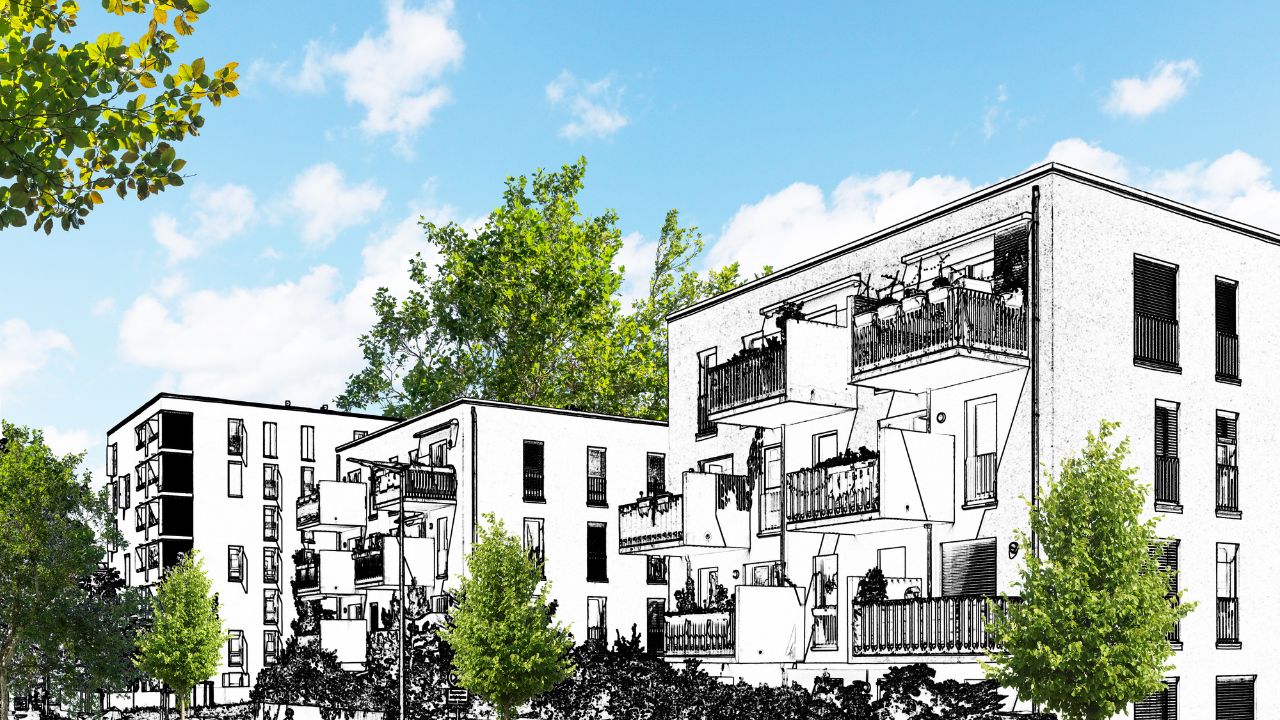The global living sector, spanning everything from build-to-rent housing to student and seniors accommodation, has cemented itself as the largest real estate investment category worldwide, according to JLL’s Global Living Investment Universe 2025 report.
The report found the sector is forecast to retain the top position over the next five years, with another $1.4 trillion in transactions expected by 2030.
Across JLL’s “Living 15” markets, including Australia, living assets accounted for 98 per cent of global living investment and nearly one-third (32 per cent) of total commercial real estate transactions from 2020 to 2024.
While the US continues to dominate, Australia ranks among the top six markets globally for future demand growth, supported by high urbanisation and population increases.
JLL forecasts that the number of countries with annual living investment exceeding $500 million will grow to more than 20 by 2030, signalling deeper global institutional interest.
Australia also features as one of the world’s fastest-emerging institutional rental markets.
While large investors own under 1 per cent of the nation’s rental homes today, that figure is expected to rise sharply as build-to-rent and purpose-built student accommodation projects expand.
JLL’s analysis found that institutional investors have already delivered 6.5 million purpose-built rental units globally between 2014 and 2024, with another five million projected over the next five years, taking total holdings past 50 million homes by 2030.
Persistent housing undersupply continues to drive this shift.
Nine of the world’s largest markets, including Australia, failed to meet their national housing targets in 2024, largely due to construction bottlenecks and rising costs.
Even so, Australia built the equivalent of 1.7 per cent of its existing housing stock last year, one of the highest rates globally, yet still fell short of demand.
JLL notes that growing urban populations and shrinking household sizes will require an additional 21.8 million urban homes in the Living 15 countries over the next decade.
Investors will play a crucial role in closing that gap, particularly as more global capital flows into new living sub-sectors such as single-family rental, affordable housing, and later-living communities.

